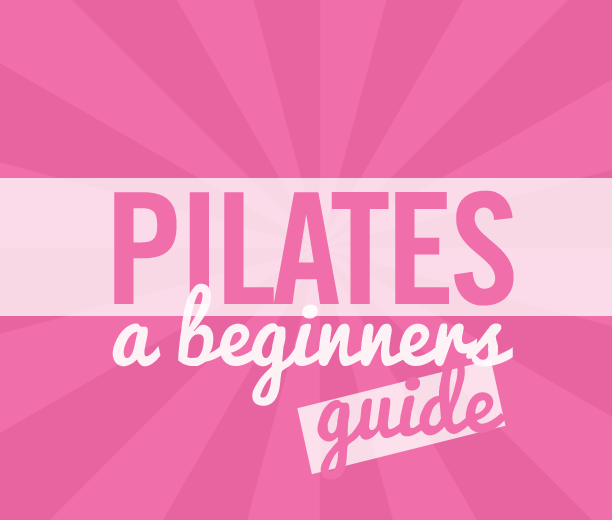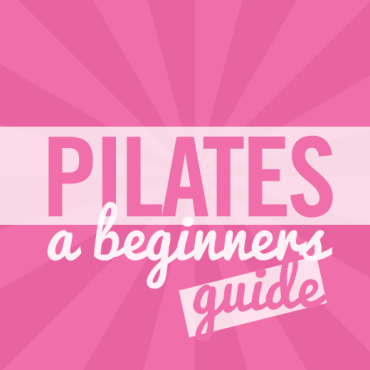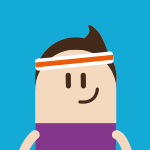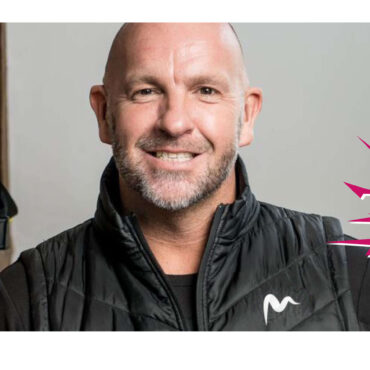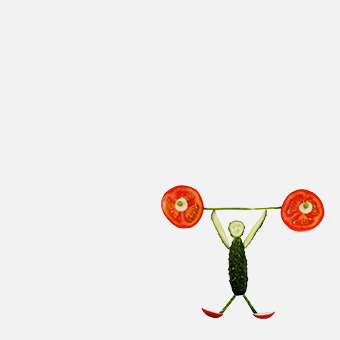What is Pilates?
Pilates is more than the latest fitness craze; it is a tried and tested way of toning your body and is offered all over the world. Joseph Pilates believed that mental and physical health were connected, and could be improved through:
- Concentration – focus on the movements
- Control – always moving slowly with control
- Centring – movement should start from the centre of the body and move outwards
- Stamina – allows movements to become more efficient and require less stress
- Flow – elegant moves should allow precise transitions between moves
- Posture – correct posture allows Pilates to correct muscle imbalances
- Relaxation – enhances the movements and reduces the stresses
Pilates is typically done on an exercise mat using your body weight to work the muscles. Exercise bands and balls can also be introduced to increase resistance to movements and tone muscles.
Who was Pilates?
Joseph Pilates was born in Germany in 1883, and was a rather frail child. But his determination to overcome asthma, rickets and rheumatic fever, led to him developing a new methodology for working muscles in a controlled way. By the 1920’s Joseph Pilates and his wife had emigrated to America and opened their ‘Body Conditioning Gym’ in New York City. Pilates has been developed, practiced and refined since then, and is a popular choice at most gyms and sports centres.
Benefits
Pilates is particularly good for strengthening your “core” – which includes the abdomen, lower back and hips – crucially important for stability. Regular Pilates will improve your posture, muscle tone, balance and mobility. Your improved physical wellbeing, will make you feel better in yourself.
Who is it good for?
It is suitable for everyone – including pregnant women, older people and elite athletes. Pilates has been formally recognised by the NHS as a physio-therapeutic treatment for certain physical ailments such as osteoporosis, back pain and arthritis. It is a low impact form of exercise, but if you have any concerns you should check with your GP before starting.
How do I get into Pilates?
Pilates classes are a good way to introduce activity into your daily life. The personal attention of a qualified instructor can make sure you are working the muscles correctly to get the full benefit. The nature of Pilates means that you can benefit regardless of your experience and fitness, although classes are often graded to give you an indication of the range of exercises and instruction you can expect. Speak to the instructor if you have any injuries or weak points – then they can advise you and keep you safe.
If this has inspired you to try Pilates, visit our pilates page for more information including class timetables at a venue near you.

